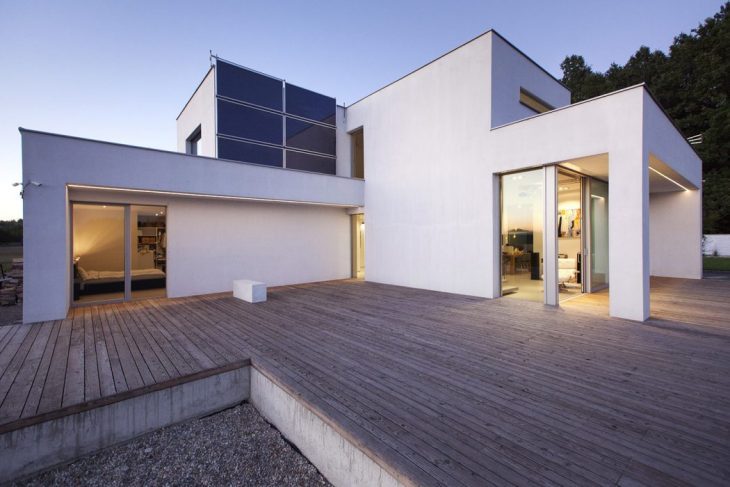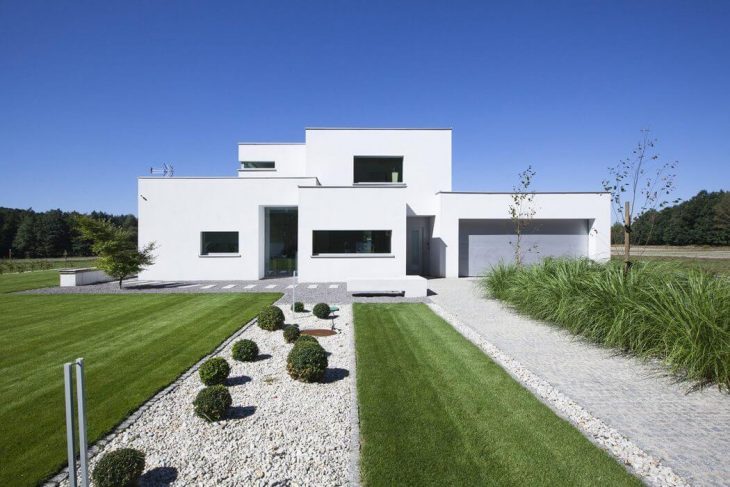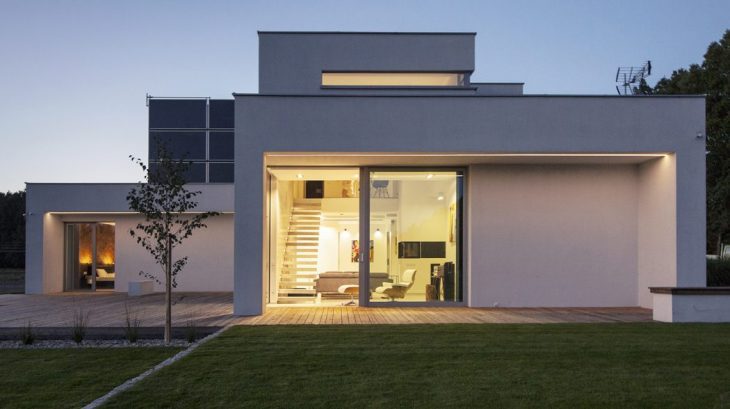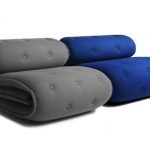
Keeping your house as energy efficient as possible is a key in reducing utility costs and improve the overall comfort of your living space. One big part of that is making sure you have the right kind of insulation. Unfortunately, most insulation is installed when the house is being built, and it can be a difficult and awkward job to add more insulation at a later time. So what are your options for improving the insulation without tearing up the house?
New Siding or Cladding
One way to boost up your insulation is to add siding or cladding to the exterior. Even if you already have some siding, you might be able to replace it with a material that offers better insulation value. Once you learn more about external cladding panels, you can choose a material that helps insulate as well as protect your house from weather and other outside wear.
Depending on what your house is currently wearing on the outside, you might even be able to add your new cladding right over top, creating a double-layer of protection.
Read more after the jump:

Check on the Attic
Your attic is one of those unseen spaces that can be a bit of a mystery. At the top of your home, heat can be escaping in large amounts and you wouldn’t even notice. Adding insulation to the attic is like putting on a hat in cold weather.
You have two main options for attic insulating, and it will depend on how much space you have and how accessible it is for working. First, you can add more fiberglass batting between the joists right at the roof level.
Secondly, you can stay away from the roof level if it is too difficult to get at, and just add a layer of insulation on the “floor” of the attic instead. Use layer of batts again, or if space is too tight for you to move around, use a loose insulation fill that you can blow into the attic area. It still works to hold heat down into the main body of the house.
And of course, you can always do both if you want to be diligent.

Then the Basement
After you examine and handle the spaces in your attic, you might want to see what your basement has going on. An unfinished basement will let in a lot of damp and chill through the dirt or stone, though it is nearly impossible to insulate until you have some kind of walls put up. A finished basement can be insulated more by using rigid foam panels to line the walls and even the floor. Get a water-resistant product if you find you have a damp basement, to prevent any potential mold problems later.
Within the House
That covers the top and bottom, and there are a few options for the main body of the house too. If you have older windows, there can be a lot of heat loss through the glass. Replacing them with more modern double-glazed windows can do wonders. When on a smaller budget, get or make heavy curtains to reduce any unwanted air flow going out the window.
Images from Eco House by BXBstudio



